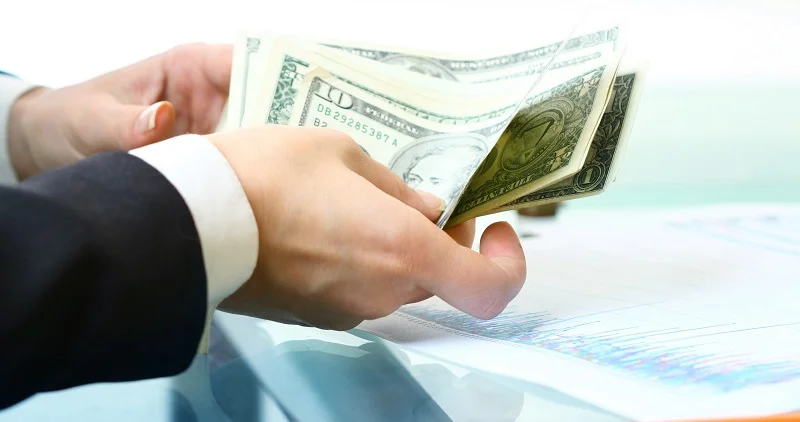Calculating your cost basis in a property is an important step in a 1031 exchange. In this article, we are going to briefly explain how to calculate your basis in a 1031 exchange of real estate.
How to Determine Your Basis
To get a rough estimate of your basis, follow these steps:
Add the purchase price of your relinquished property to the closing costs you paid when you originally purchased it.
To that number, add the cost of all the improvements you have made to the property over the years.
Next, subtract the depreciation that you actually claimed (or that you could have claimed) – whichever number is greater. This is your depreciated basis.
To find your amount realized, subtract the closing costs and commission from the sale price of your relinquished property.
Next, add the replacement property purchase price to the closing costs for the replacement property.
Finally, subtract the amount realized from the cost basis of the replacement property and add the depreciated basis back in.
Calculating your basis can get complicated quickly. If you have any questions, don’t hesitate to contact a qualified intermediary for answers.
1031 Qualified Intermediary
Hiring a qualified intermediary is an essential first step in a 1031 exchange. A skilled intermediary can help you through the entire exchange by preparing your documentation for closing and answering all of your questions. Give our qualified intermediaries a call today to get your 1031 exchange off the ground. Our intermediaries help clients throughout the state of Minnesota and around the country.
Start Your 1031 Exchange: If you have questions about 1031 exchanges, feel free to call me at 612-643-1031.
Defer the tax. Maximize your gain.
© 2022 Copyright Jeffrey R. Peterson All Rights Reserved

